The Acratech Long Lens Head is a 2-way pan and tilt head that has been designed to hold the weight of super-telephoto lenses and serve as an alternative to a gimbal head for wildlife photographers. Intriguingly, the head also has a rotatable quick-release clamp that allows you to use the head for any other type of photography.
In this review, I’ll walk you through the features of this interesting-looking tripod head, and then I’ll discuss the pros and cons of using this instead of a gimbal. I’ll also discuss how you would go about using this head for panoramic photography, as well as landscape photography.

Table of Contents
- Specifications
- Acratech Long Lens Head Vs. Acratech Panoramic Head
- Design and Build Overview
- Using The Head With Long Lenses
- Using The Head for Panoramic Photography
- Using The Head for Landscape Photography
- Using the Head on a Monopod
- Stick an Acra Plate On It
- Long Lens Head vs Acratexh GXP Ball Head
- One Head to Rule Them All?
- Where to Buy + Get Free Shipping
Specifications
- Weight: 0.89lbs / 404g
- Height: 3 5/8″ / 92mm
- Capacity: Unspecified by manufacturer
- Large 18mm (.708”) bulls-eye level
- Price: $360
Acratech Long Lens Head Vs. Acratech Panoramic Head
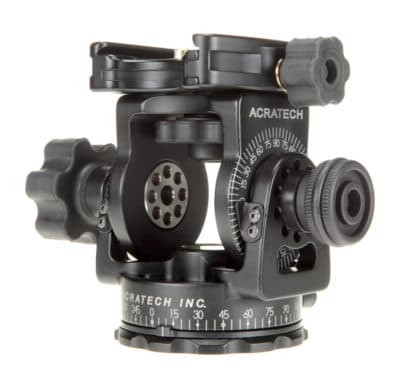

Given a cursory glance at these two heads, you’d be forgiven for thinking that the Long Lens Head and the Acratech Panoramic Head are the same. This is nearly true, but the Panoramic head features laser-etched degree markings on the vertical axis to help you with multi-row panoramic shots. For this extra feature, you pay an additional $55.
In all other ways, the Acratech LLH or Long Lens Head is identical to the Panoramic Head. This means that if you only ever plan on taking single row panoramic photos, you might as well get the Long Lens Head and save yourself the $55. Even if you do plan on taking multi-row panoramas, and therefore decide upon the Panoramic Head, be aware that there is a limitation.
Although you can, and should, employ a nodal slide on either of these heads to get more accurate single-row panoramic stitching, for multi-row panoramic shots you have no way to pivot the vertical axis around the lens’ nodal point with these head designs. The vertical tilting point is always below the lens, which will lead to at least a small amount of misalignment. The importance of which, or ease of software correction, is dependant on how close the foreground is to the lens.
For multi-row panoramic shots, a better solution is to use a gimbal-style pano head that does allow you to tilt and pan right around the nodal point of the lens. Something like the Really Right Stuff PG-02 Mk2, for example. For single-row panoramic shots, contrary to the naming convention of these two similar heads, I would actually recommend the Long Lens Head. Lighter on the wallet and lighter (by 25g) on the tripod.
Design and Build
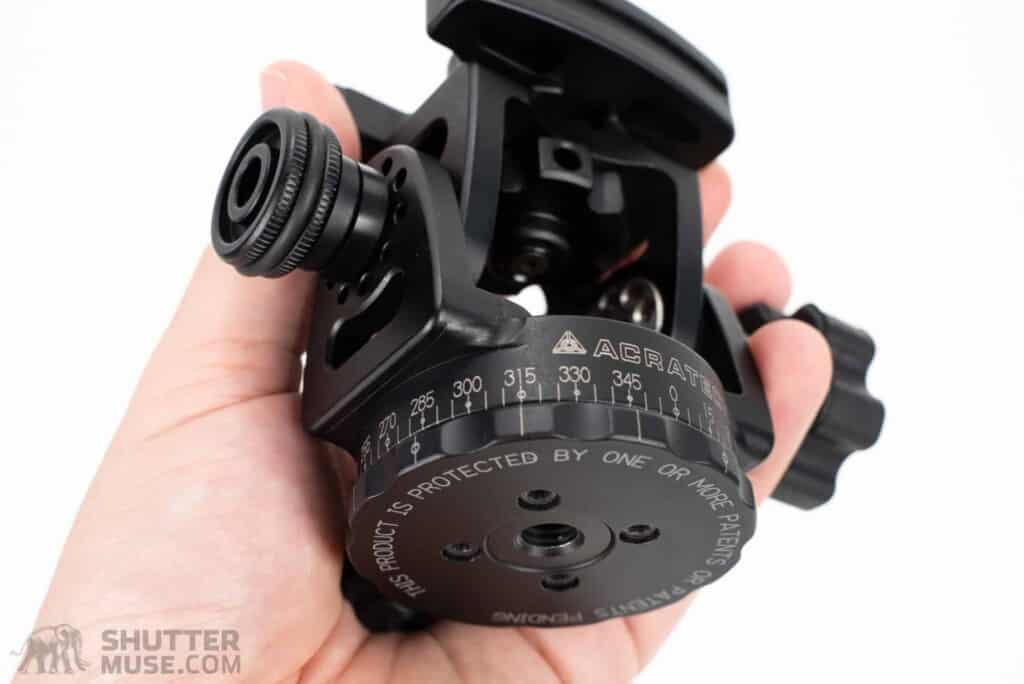

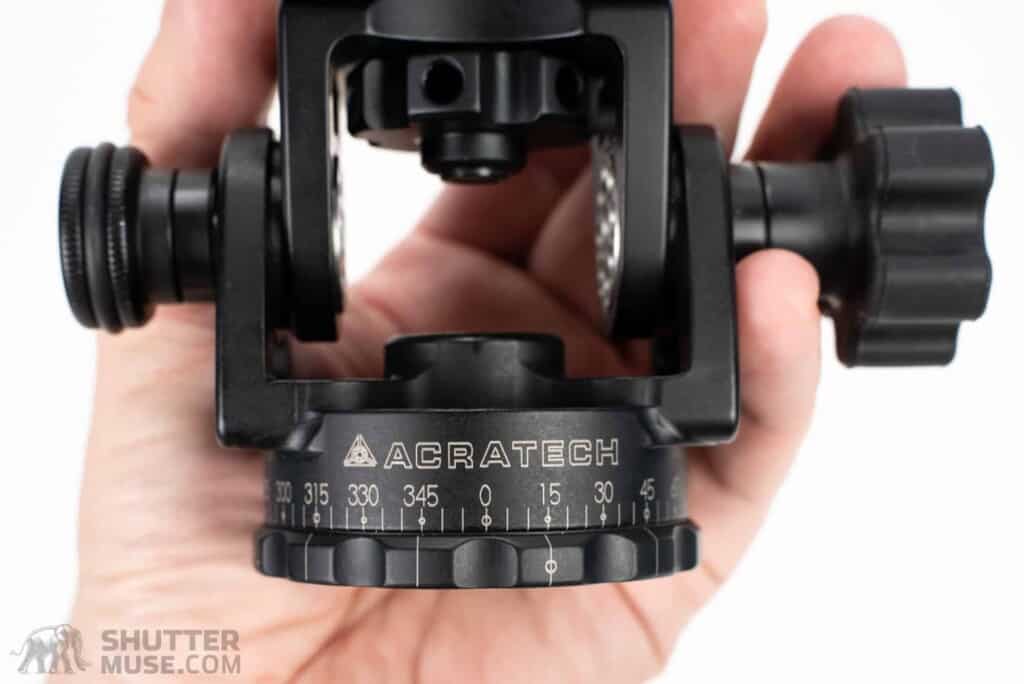
As with all Acratech products, this head is CNC machined to precision in the USA. Despite the skeletonized weight-saving design, it feels solid in the hand and immediately gives you confidence that your expensive telephoto lens will be safe.
The Long Lens Head has three rubber-coated locking knobs, all of which can be comfortably operated with gloves on. The smallest one locks the panning base, which is particularly useful when you put the head on a monopod and only need the fore-aft tilt.
The largest knob is the tilt locking knob. It is generously sized, and the large lugs around the knob provide excellent leverage, allowing you to happy a large amount of locking force with very little effort. This is the same locking knob that Acratech use on their ball heads and in a typical Acratech style, it is efficient and highly functional in its design.
The mid-sized knob on the opposite side to the locking knob is designed to adjust the overall tension of the tilt. Essentially this is doing the same thing as the main locking knob, but it is designed to be set in your preferred position, and then left there. This gives you an adjustable default amount of drag when the main locking knob is fully unlocked. Some people want their heads to go completely frictionless (ish) when unlocked, and some people prefer them to maintain some resistance.
The main knob and the friction knob are designed very differently so that the two are not confused when you have your eye on the viewfinder. The pan locking knob and the Arca quick-release locking knob are very similar, though. Care must be taken, if your eye is on the viewfinder, not to accidentally release your camera instead of the panning base. To minimize this possibility, I would recommend orienting the quick-release locking knob at the front of your camera, and the pan locking knob at the rear.
One of the things I love about Acratech products is that they are built to handle a lot of abuse. There really isn’t a lot to go wrong with this head, and if you do happen to get it covered in dust, dirt or sand, you can simply wash it off under a tap and get back to work. I know that the simple, skeletonized look of their products is not to everybody’s taste, but it serves a purpose. You get a sense that this head will outlast you, and there are people, like me, who can also find the beauty in that.
Using the Head With Long Lenses
To use this head, you’ll need an Arca-Swiss tripod plate on the lens, or a replacement foot with a built-in Arca dovetail. Although you cannot let go of the camera once the head is unlocked, you should still take care to position the lens foot as close to the centre of gravity as possible. Doing so will make things feel lighter when you are tilting the camera up and down, and should give you the best chance of a perfectly smooth pan while following any action.
With all knobs unlocked, the head pans and tilts as smoothly using bearing cartridges, not fluid cartridges. Resistance to either axis of motion can be somewhat controlled by semi-tightening the panning base locking knob and using the previously-discussed tilt friction knob. I found that I preferred to keep both axes completely free from friction if I wanted a perfectly predictable amount of resistance at all angles.
Sometimes you want to get a locked-off shot with a long lens, and this head really shines for the application. I did not experience any view creep while locking things down for a static long shot.
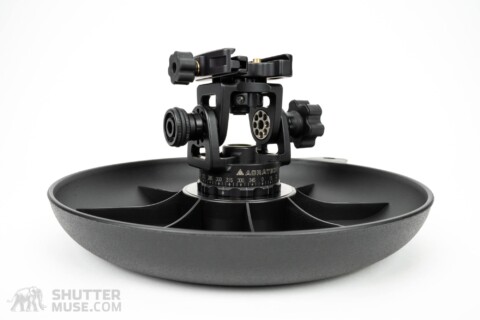

Acratech Long Lens Head Vs Gimbal Head
A gimbal head is designed to be perfectly balanced with your lens and camera. You can remove your hand from the camera without locking the pan or tilt knobs, and the camera will just sit there. This is beneficial when you are waiting long periods of time for wildlife subjects to show up or do something. When it finally happens, you can just grab your camera without needing to loosen any knobs.
Of course, with the Long Lens Head, you can’t just let go of your camera. You need to lock that tilt knob nice and tight, and that means that you’ll have one knob to loosen when the action finally happens. Aside from that, the feeling of using the Long Lens Head is very different to a gimbal head. A gimbal makes the camera feel weightless. The Long Lens Head supports your camera, but you still feel some of the weight as you move it around.
Given no budget, size or weight constraints, I much prefer using a gimbal head with a long lens, to using this Long Lens Head. The weightless feeling of a gimbal prevents fatigue, and also allows me to pan more smoothly. But to leave the review there would not be doing this head the justice it deserves. The reality is that most people do have budget constraints, and this head is half the price of a good gimbal head. It’s also less than half the weight of even the lightest gimbal I would ever recommend to people, as well as being much more compact and a far better shape to carry around all day.
Using the Head for Panoramic Photography
I have touched on this in the previous section where I compared this head to the Acratech Panoramic Head. The Long Lens Head is a very capable single-row panoramic head when paired with a leveling base and a nodal slide. The laser-etched markings on the panning base give you a clear indication for repetitive rotation at a specific interval.
If you don’t mind taking more time to get the shot set up, you could even forgo the leveling base and simply use the tripod legs and the large bubble level to ensure you are panning on a level plain. The size and clarity of the bubble level are appreciated in this situation.
For straight single-row panoramas, you must also ensure that the camera clamp is perfectly level. With no bubble level on the clamp itself, you either have to eyeball this or use a hot-shoe mounted bubble level. I did not have any issues eyeballing it, not by looking at the camera, but by looking at the actual head and the gaps around the pivot. As discussed before, the actual Acratech Panoramic Head has a laser-etched scale around the pivot which will help you with this.
For precision multi-row panoramas, you are better off using a much larger, dedicated multi-row gimble-style head. With a nodal slide on this Long Lens Head, you can rotate horizontally around a lens’ nodal point, but there is no way to rotate vertically around its nodal point. You can go without this, but be aware that if there are close foreground objects, you will have to spend a bit of time in Photoshop finessing the joints between images.
Using the Head for Landscape Photography
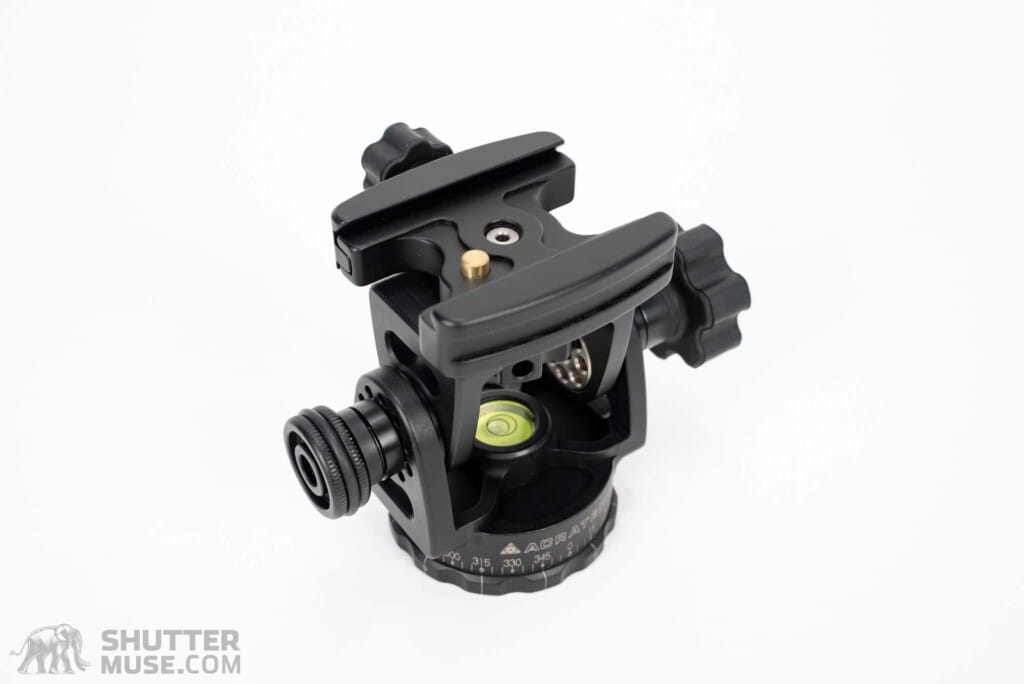


Although not the primary purpose of this tripod head, you can use it for landscape photography, or any other kind of photography where you might otherwise use a ball head. To do this, you need to have a leveling base on your tripod and an L bracket on your camera.
Reaching to the underside of the quick-release plate you’ll find a large metal knob that, when loosened, allows you to rotate the clamp by 90 degrees. I call this “landscape mode”. With the quick-release clamp now running horizontally, you can place your camera body directly onto the head using your L bracket. Of course, if you want to take a photo with a vertical orientation, you will have to use the vertical part of the L bracket to do so. For this reason, an L bracket is mandatory if you want to use the head in this way.
Likewise, a leveling base should also be considered mandatory. In this case, a leveling base is used to give you the left/right roll that you need to adjust your horizon line. While you could do this with your tripod legs, it would be far too time-consuming to be considered a useable solution.
I do not consider this solution to be a weight-saver over the use of a ball head. A good lightweight ball head, like the Acratech GXP, is lighter than the combination of Long Lens Head + a leveling head + an L bracket. However, it is a good solution if you need a head that can handle multiple tasks.
Using the Head on a Monopod
The Long Lens Head resembles many monopod heads, but unlike most of them, also has a panning base. I do not find any practical use for a panning base on a monopod head, but if you lock the base, you do have yourself a monopod tilt head that offers the same functionality as those from people like Really Right Stuff, ProMediaGear and Kirk Photo.
If I have chosen to use a monopod instead of a tripod for my day of shooting, I like to use a monopod head. The Long Lens Head is excellent for this purpose, but because it contains the panning base, it’s also more expensive than any other monopod head on the market. I’m sure it’s for this reason that Arcatech does not market it specifically as a monopod head, and it’s also for this reason that I do not recommend you buy it solely for that purpose. However, if you have other reasons to need this head, it’s just another check mark on the long list of things that it can do. This is a very versatile product.
Stick an Arca Plate On It
I’m a big fan of putting an Arca-Swiss quick-release plate on my tripod heads. With a quick-release clamp on my tripod, this allows me to quickly swap heads between a ball head for landscape photography, and a long lens head of some type, be it a 2-way tilt head like this one from Acratech, or a gimbal head.
So far, the best circular Arca-Swiss plates I have found for tripod heads are the ones from Kirk Photo.
Long Lens Head vs Acratech GXP Ball Head
Long-time readers of this site will know that I love the Acratech GXP ball head. With its 50lb load rating and mere 1lb weight, there isn’t another ball head on the market that I know of, which has this kind of weight to capacity ratio. In my review of the Acratech GXP, I also commented that with its “gimbal mode” and “pano mode”, it is one of the most versatile tripod heads on the market.
Sound familiar? Yes, Acratech has a habit of making tripod heads that tick a lot of boxes. Both of these heads are exceptional multi-taskers, so how would you choose between them?
The Long Lens Head is primarily a head for super-telephoto lenses, that can also do landscape work if needed, and if combined with a leveling head and L bracket. The GXP is primarily designed for landscape work, but can also be used with a long lens. If your primary focus is landscape photography or anything else that usually requires a standard ball head, I’d say get the GXP. If your primary focus is long lens work, with very occasional landscape work, get the Long Lens Head.
One thing to keep in mind: The GXP ball head is heavier than the Long Lens Head, but not by much. When you add a leveling head and an L bracket to the equation, for landscape use with the Long Lens Head, the GXP end up being the overall lighter solution.
Conclusion – One Head to Rule Them All?
At first glance, the Acratech Long Lens head looks fairly unassuming. After using it for a few months, though, it has become apparent that there are a couple of scenarios where this head really shines.
Normally I would go straight for a gimbal head when I’m using a super-telephoto lens for wildlife photography such as a 600mm f/4, but even the lightest gimbal head is still a lot heavier than this Long Lens Head. Yes, you do give up that perfect balance that is the essence of a gimbal head, but in exchange, you shave a significant chunk of the weight of your kit, while maintaining the same – if not better – level of stability. If weight is a key concern, you should absolutely put this head on your list.
The second scenario where this head shines is in use by a photographer that jumps back and forth between several different genres of photography but doesn’t want to carry multiple tripod heads. When you pair this head with a leveling base on your tripod and an L bracket on your camera, there is nothing this head can’t do. All of your landscape photography scenarios are handled, including panoramic photography. And of course, as we have discussed, it makes a very good option for long lens wildlife work.
If you asked me whether there was a single tripod head that could do everything, I think this head would have to be the answer. Though I should be clear that it comes with the caveat of compromise. Ball heads and gimbal heads are better at their individual tasks. But ball heads suck with long lenses, and gimbal heads are big and unwieldy for landscapes.
The Acratech Long Lens Head, with leveling head and L bracket, can do it all to an acceptably good level. And for that reason, this is the head I would choose if you told me I had to go around the world to capture many types of nature photos, and I could only take a single tripod head. I’d miss aspects of my gimbal, and aspects of my ball head, but I’d get the job done and I’m sure I’d have sharp photos.
The only change I would like to see on this head is not really a change at all, but the addition of an option to choose the head with the same quick-release lever clamp that is now available on the Acratech GXP ball head.
Where to buy + get free shipping
After reaching out to Scott at Acratech, he was kind enough to offer free shipping in the US to Shutter Muse readers. Just use the coupon code “ShutterMuseShipping” in their online store to get free USA shipping up to $15.
Although it’s nice to buy direct and support the small folks whenever you can, you also have the option of buying from B&H Photo, Adorama or Amazon. In particular, international customers should probably use B&H because they make it very easy to pre-pay taxes and even offer free shipping to Canada on most items.





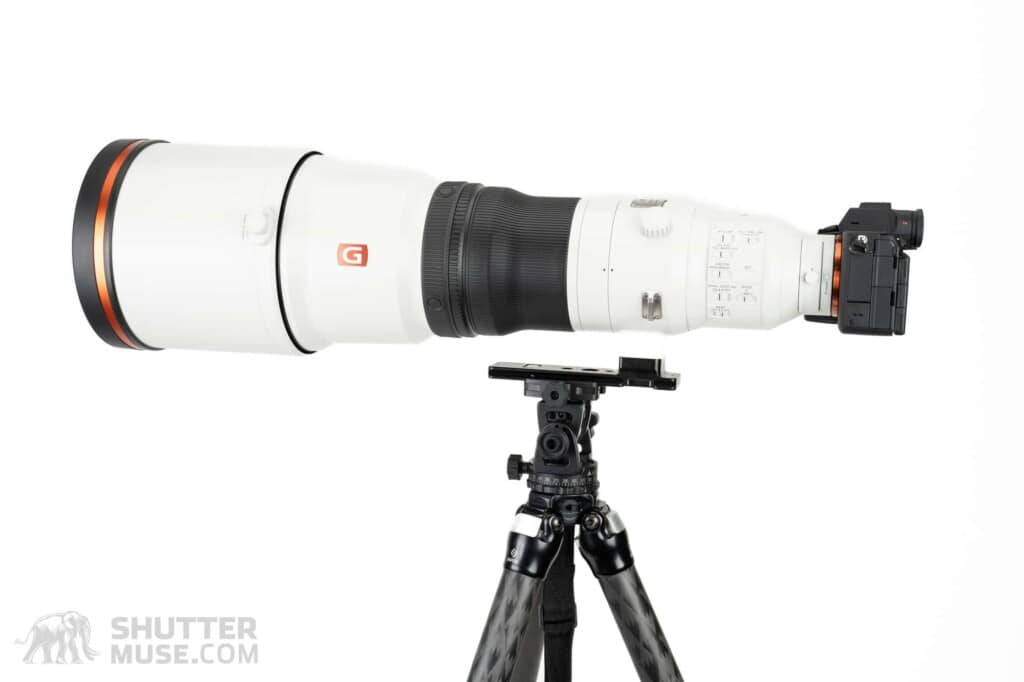
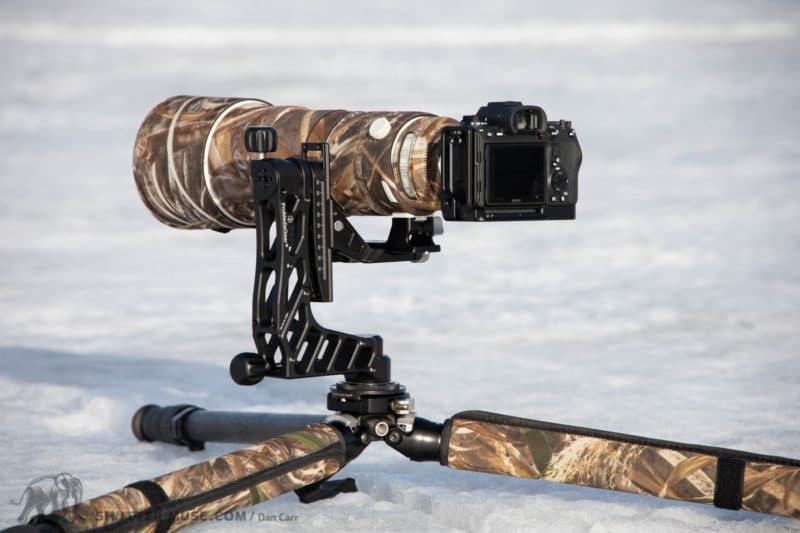



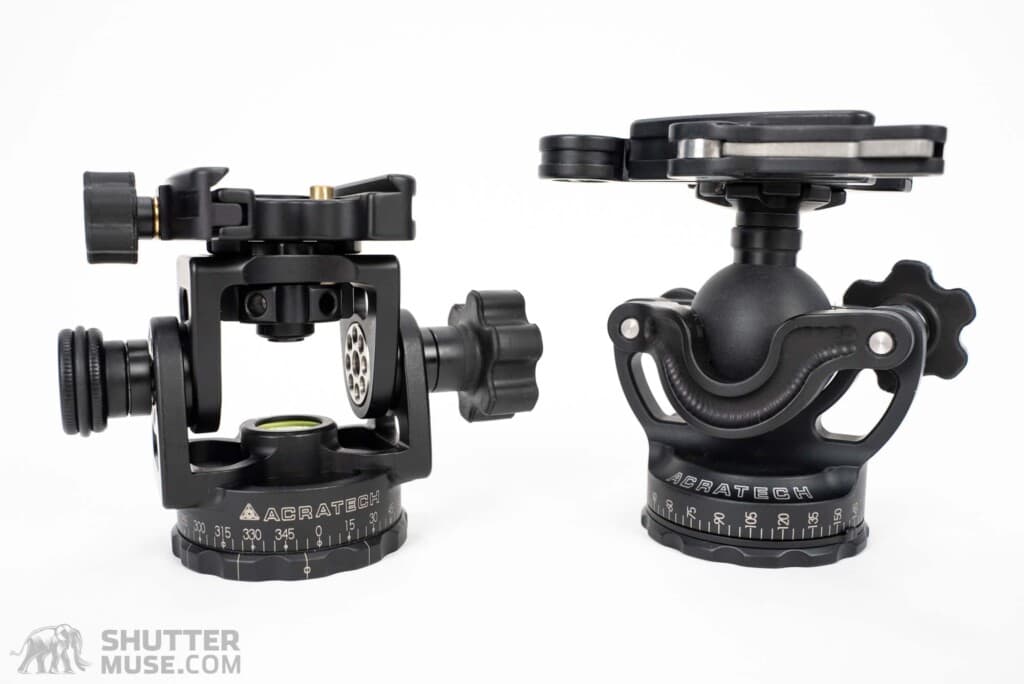

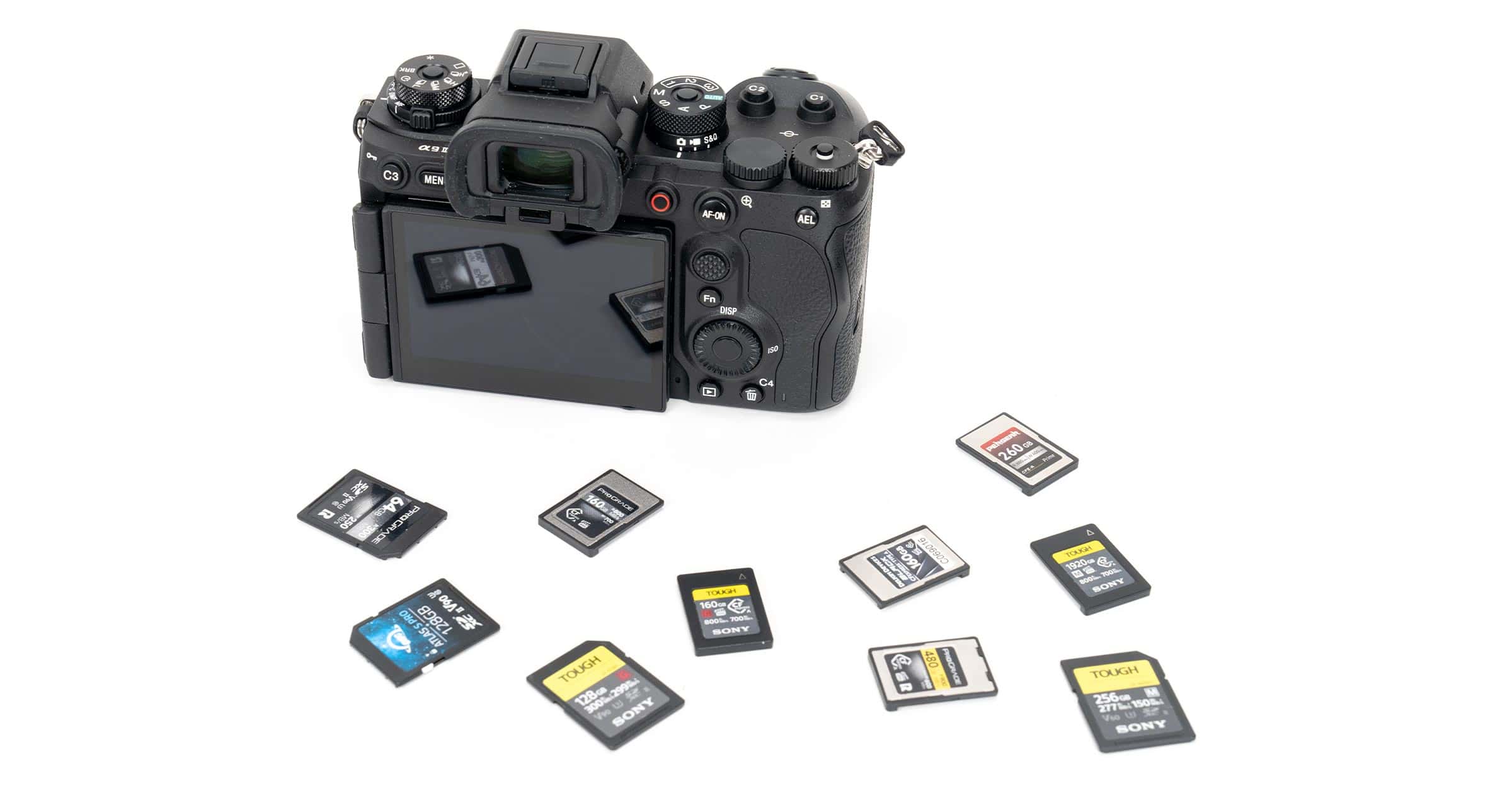
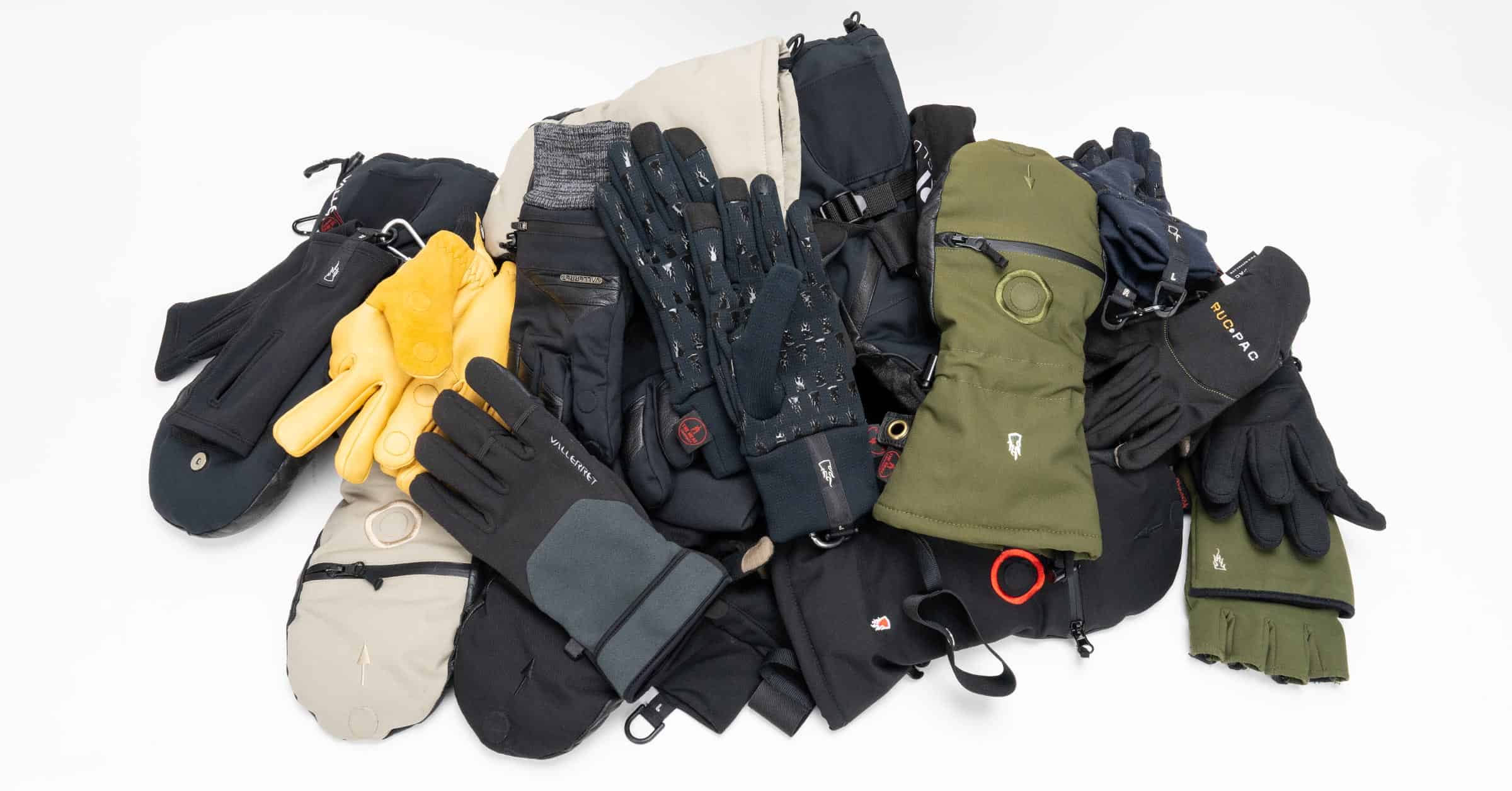

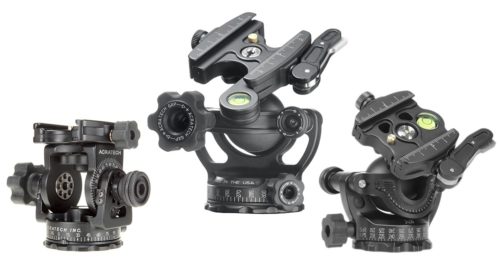

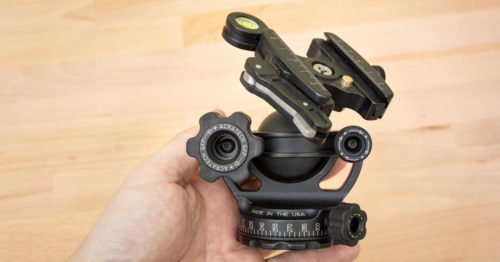

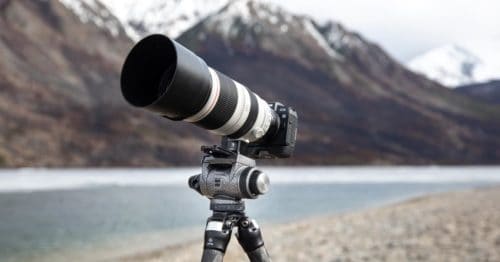
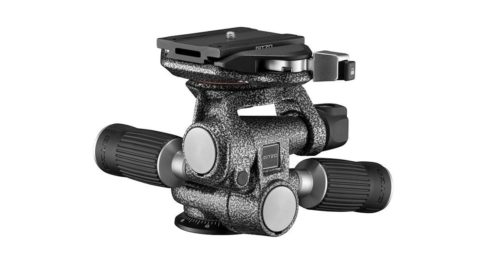
Your taste is as good as mine. I own the Acratech panorama head.
I have made four trips to the Khutzeymateen Inlet to photograph bears (on a small sailboat). Great place. The best time is mid to late May, when the sedge grass is shorter and the bears interact more.
That’s a champion review with many links to research as well, thanks.
In the near future I am going to get into wildlife and B.I.F photography as well as continuing with landscapes. My kit at present is the lightweight Feisol tripod, BH-30 ball head, and the a7Rlll. I notice a little bit of wobble/slack sometimes when you first unlock the head.
I’m very interested to know if you’ve written something on nodal points, and have you reviewed any of the Pro Media Gear? I thought I saw some pictures of the brand in your writings.
The very best with your lastest assignment to photograph some grizzles, it’ll be some day the day when I see a big bear in the flesh.
One more thing Dan I’d like to mention, would you in any capacity consider tutoring a student? I feel that you are genuinely the kind of person that being under the tutelage of one would make great strides towards becoming an adept photographer. I hoping that person could be me.
Cheers, Stephen (N.Z.)
The writing is good, but an important point is completely missed, so the advice is misguided.
You show the Acratech on a leveling base, this is redundant. There is nothing in that camera angle position that requires the Acratech on top of a base, the base alone with a clamp would give the same exact camera angle for a landscape this saving the full cost of the Acratech.
This is the general key in working the landscape with a tripod; you find the viewpoint, you set the legs for stability with regard to near but not perfect level (too hard). You then mount the camera on the base or ball & using the level in the in-camera body electronic level. Then frame up the scene with the level base tilt, which conveniently goes in any direction tilt. If you need more down or up than the base offers, you loosen & slide one leg shorter. You do not need the Acratech at all.
Another point missed is that in the field where the ground is rugged you never want a pano base below the ball, or below the hinges in the case of the Acratech. You always want it on top next to the body, which is why Acratech (beautiful instruments) sells what they amusing call an “upside down ballhead” that has the pan where it belongs: on top. I’ve used a baby Linhof ball head with pan base flipped over upside down for years. No need for a bubble level anywhere though my Rogeti L bracket has three that always center when the 5D4 level shows flat.
Occam’s Razor says, “Do not unnecessarily multiply contingencies” and under that rule you do not pile redundant devices above another. I’ve love a reason to get an Acratech, but it’s backward and redundant.